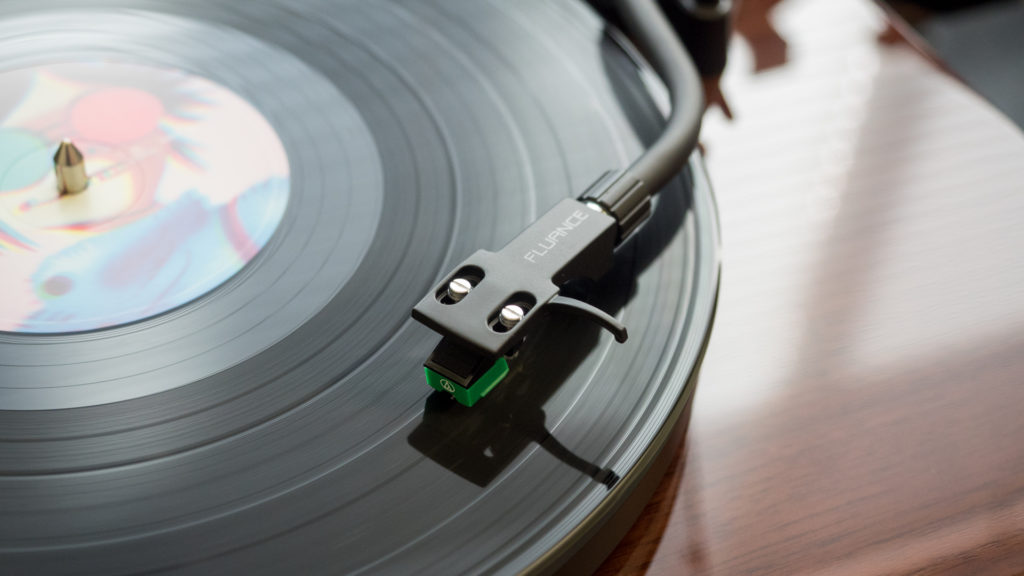From Vinyl to Online Streaming– A Musical Metamorphosis – Score Short Reads
Preserving the golden masterpieces of music is equally important as the preserving the art form itself. The storage of music is the only way it could pass from generations to generations, by keeping the quality intact. In Indian Classical Music, the preservation of music used to be done vocally from the guru to his /her disciples.
With the advent of writing and paper, the preservation of the compositions through notations came up. Indian Classical Music in particular focused on hearing and memorising, rather than reading or documenting it.
But with the advent of writing, printing and expansion of the music forms, the journey of music storage underwent so many changes, transformations and improvements. Vinyl was the first electronic form of retrieval of music that revolutionised the way one listens to music.
With highest range of fidelity and clarity, having a vinyl record player in the house was considered a luxury during 1900s. Music started reaching more audience through vinyl records and Indian Classical Music in particular reached greater horizons and crossed geographical boundaries.
Even till date, vinyl is considered to be the purest form of music storage- with its analog capture and every treble, bass line and the whiff of mridangam can be heard in it.
Slowly, vinyl started getting into magnetic tape which was considered because of its portability (compared to the huge sizes of vinyl records and the costs), tapes have ruled the music storage and retrieval field for decades.
Tapes had an advantage of carrying them wherever the listener would wanted them to, and with the help of portable recorders as well, it became the primary source of music listening. However, tapes used to wear off with time, and repeated listens- and the innovation to produce quality music continued.
Cassette tapes were a huge rage not just with the music quality but also brought the idea of music covers, in lay cards and many such artistic trends. Music fans relished the cassette collection to be a priceless possession to have maximum number of cassettes of their favorite artists.
Walkman- in which the mobility of music listening came into vogue globally. Then came in CDs which had higher quality and retrieval in terms of quality and giving an enthralling experience to the listener.
The biggest issue with vinyl, cassettes and CDs were the quantity of songs that could be stored. The limit of storage made people look for alternate ways of listening to music and saving it.
Mp3 kicked in from there which offered a good solution for the storage of songs. While audio CDs had maximum of 15-20 songs per unit, mp3s had hundreds of songs stored in a single copy. At the compromise of fidelity and compression techniques, mp3 offered a great solution to store more songs in one go.
After Steve Jobs revolutionizing the music industry with the remarkable launch of iPod, where the listener could have all their collection in just a pocket, internet started taking over music in ease. The current trend now is to stream the song with just a swipe of the smart phone, or hitting a youtube link.
While the purists of music feel this is a sad state of affairs and nothing can replace vinyl in terms of quality, streaming of music has definitely brought more people closer to music and made is comfortable to listen. As they say , vintage old is gold- one can never beat the clarity and magic of a vinyl record- even in the fast-paced era of 2021.
Listening to a vinyl record, CD or a cassette will definitely reverb nostalgia in the minds of music lovers who grew up listening through those medial. Take some time out to dust off those vinyl, cassette records or CDs and travel down the memory lane this season.








